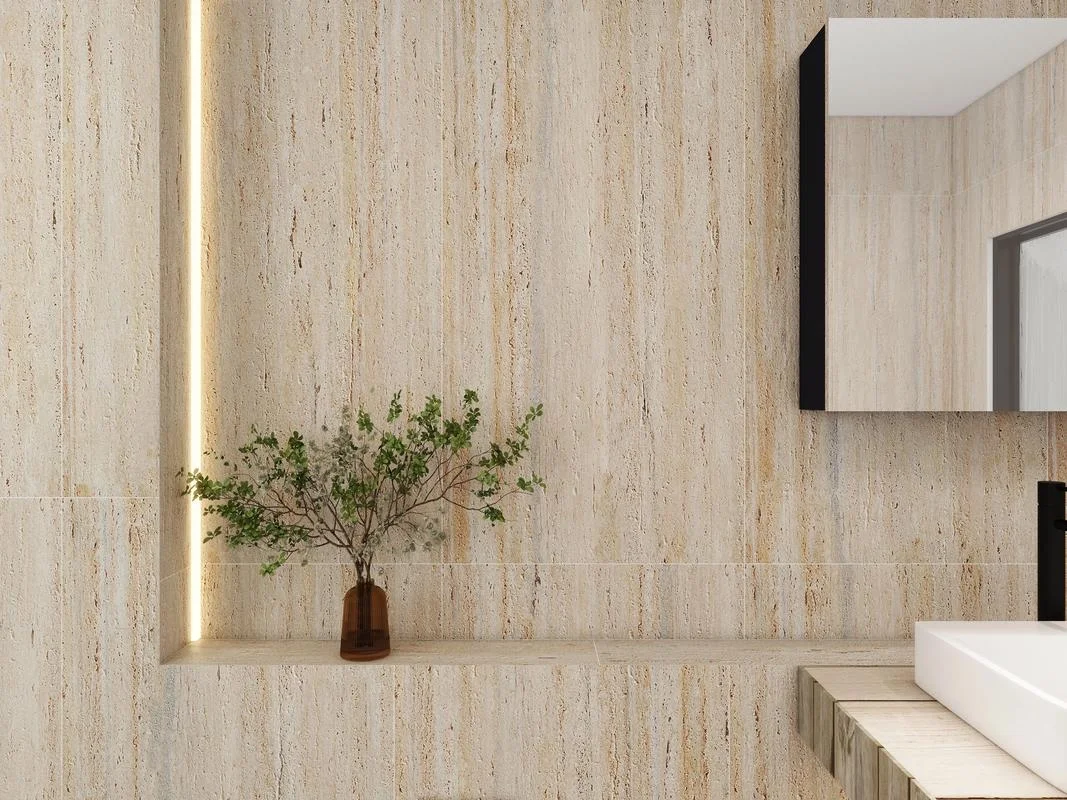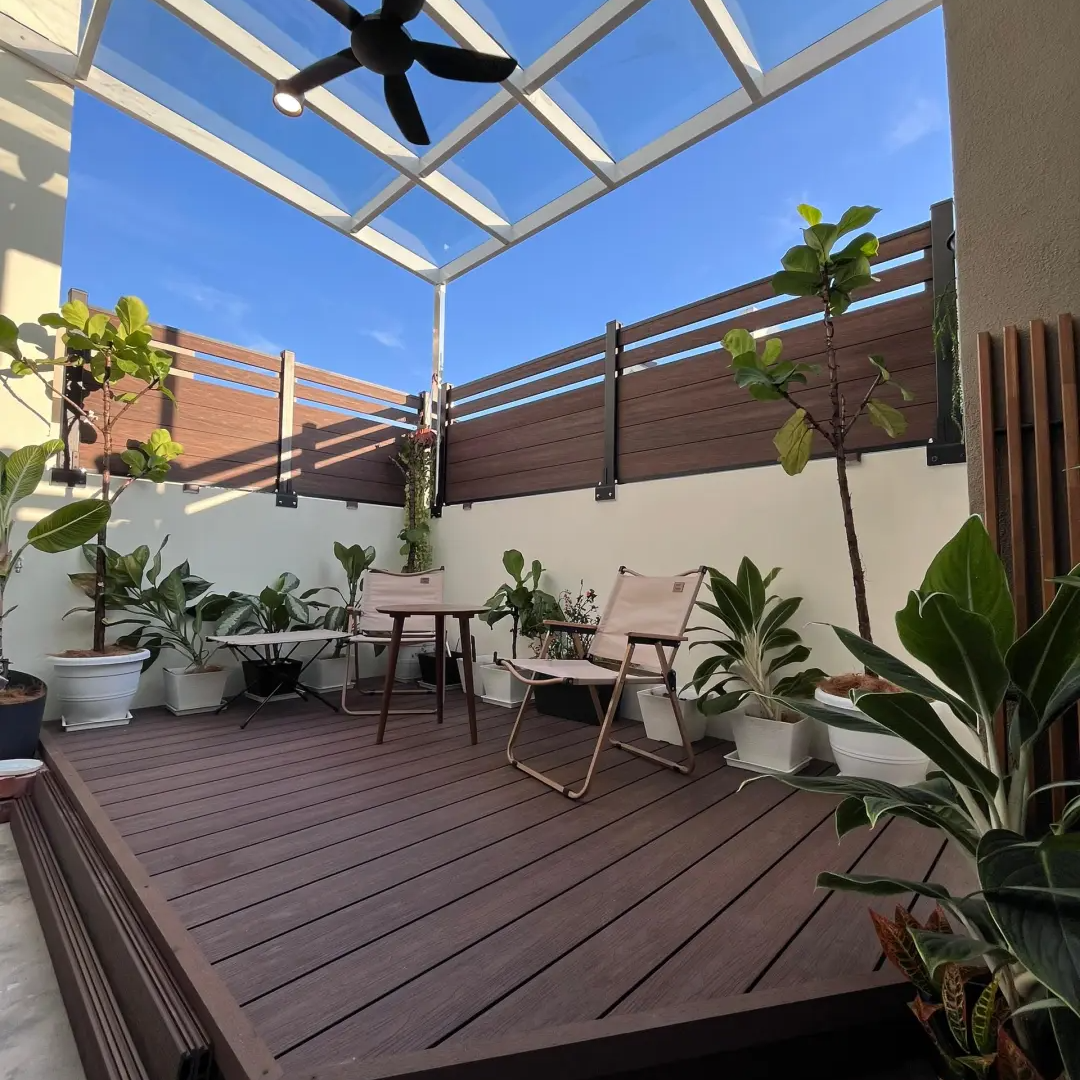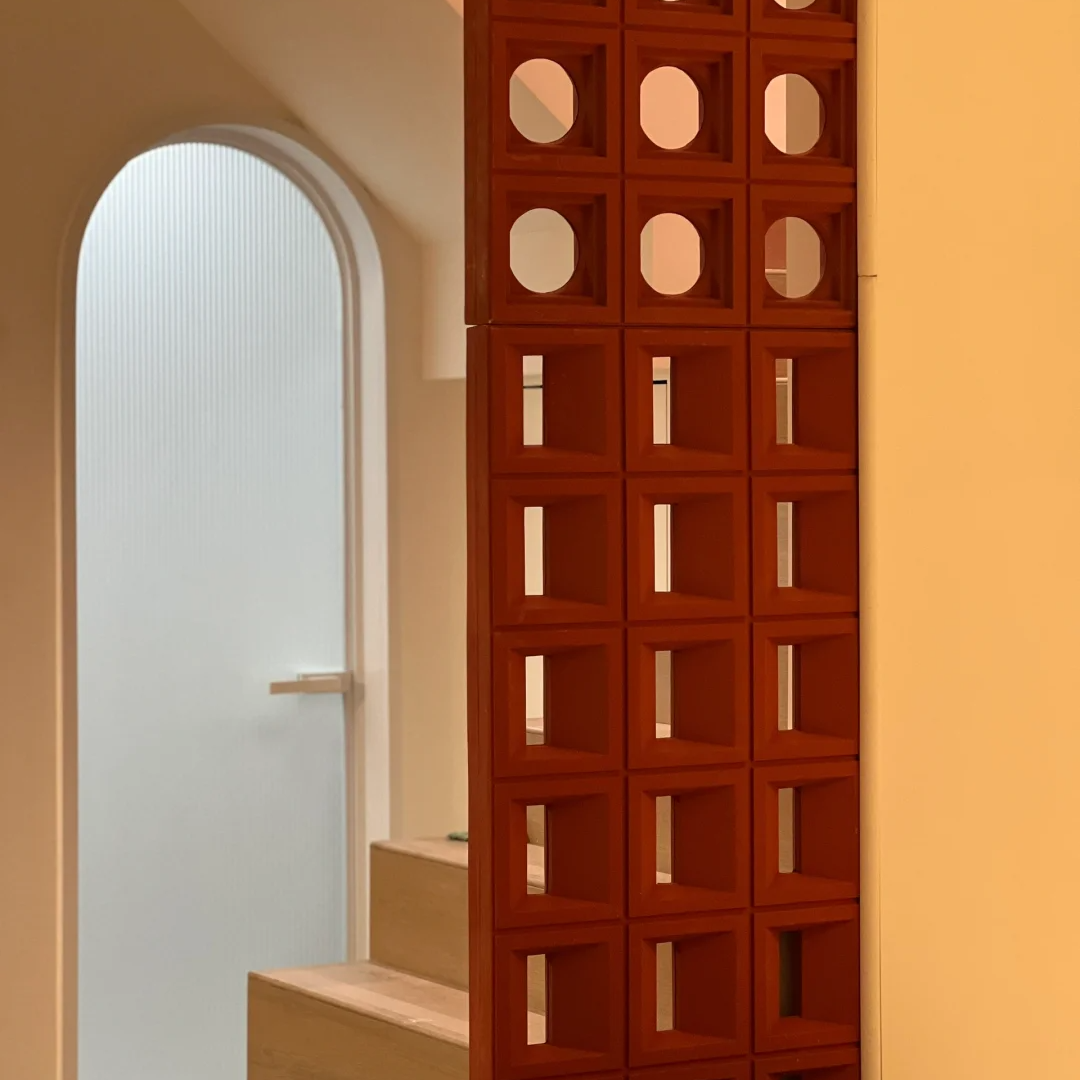Soft stone, also known as soft stone material, is a stone-like material that is not true natural stone. It is made using inorganic materials as a base, shaped through temperature-controlled molding, baked, and cross-linked via irradiation, then reinforced with a structural mesh.
Advantages of soft ceramic flexible stone:
Lightweight and thin: Soft stone is extremely lightweight and thin, typically around 0.4-0.5 mm thick. This characteristic makes installation more convenient, saves building space and auxiliary materials, and reduces construction costs.
High flexibility: It can be bent to meet various shape requirements, offering strong adaptability and making it ideal for complex building surfaces. Soft stone is more environmentally friendly than PU and has better weather resistance, achieving fireproofing and resistance to cracking.
Disadvantages:
Durability issues: The service life of soft ceramic tiles is relatively short, and they may experience aging or fading over time, especially in humid conditions.
High construction requirements: Although cutting and laying may seem simple, soft ceramic tiles are not yet widely adopted. Most plasterers have little experience installing them, and improper installation can lead to surface cracking or peeling, affecting the overall appearance.
Higher cost:
Compared to traditional tiles, soft ceramic tiles are generally more expensive than ordinary tiles. However, compared to large-sized stone slabs with the same decorative effect, they offer better value for money.
Average wear resistance/durability:
The surface wear resistance of soft ceramic tiles is inferior to that of hard ceramic tiles. Prolonged use may result in wear marks, especially in high-traffic areas. Their waterproof performance is average, with a water absorption rate of approximately 10%.
Environmental concerns:
Although soft ceramic tiles are marketed as eco-friendly, they may still pose certain environmental risks (having visited the production facility, I found it quite friendly for someone with allergic rhinitis). They have minimal odor, so their use is generally safe; however, there are environmental issues related to the production process and waste material disposal.



